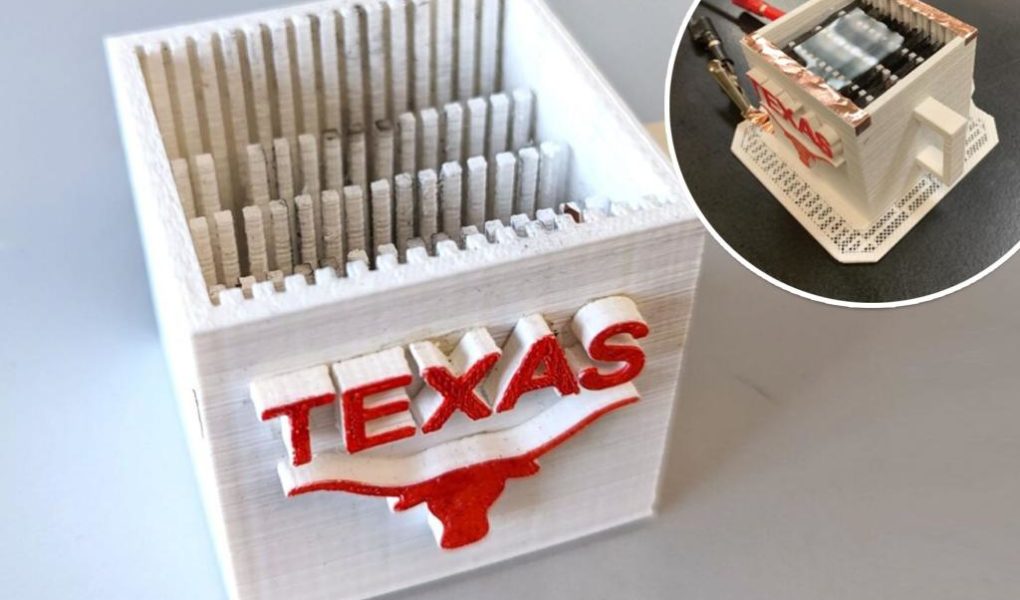Austin, Texas – A team from the University of Texas at Austin developed a mug-sized, cube-shaped device that can use battery-generated electricity to eliminate bacteria from contaminated water.
The new device is a cup intended to provide access to clean drinking water to communities whose water supply may be compromised due to disruptions from severe weather events.
“When our water infrastructure is down — no water, no gas and no electricity — we need point-of-use devices for cleaning water we can get out of ponds, streams or rivers,” said D. Emma Fan, an associate professor in the Cockrell School of Engineering’s Walker Department of Mechanical Engineering, who led the project. “We believe our device can someday fill that need.”
Researchers tested a 3D-printed prototype of the device by cleaning 2- to 3-ounce samples of water from a creek in Austin.
Their experiments showed that the device was able to clean 99.997% of E. coli bacteria from the water within approximately 20 minutes.
The cup-like device purifies water by using electricity. Once water is poured into the device, electricity is run through a foam-encased, “branched” electrode inside.
This electric field attracts E. coli cells to “swim” into the electrode branches, making the water clean and drinkable.
While it only takes about 20 minutes to clean the water, the device can work continuously for many hours, according to the research team.

To power the new device, users could turn to batteries, such as a car battery, and solar panels.
Having alternate sources of energy allows the device to be used during power outages, which frequently occur as a result of severe weather events.
Researchers also noted that the device can provide a safer and simpler alternative to water filtration methods that are currently available.

For comparison, they said disinfecting pills can release oxidants that can be harmful if ingested, reverse osmosis systems require high water pressure and solar steaming needs consistent sunlight, which is unreliable amid natural disasters.
Additionally, researchers noted the device is more cost-effective than many other water filtration methods, as it costs less than $2 to create the electrode.
The researchers are now looking into ways to commercialize the device and next want to streamline the design of the cup.
Plus, they want to further simplify the process of inserting and removing the electrodes.
𝗖𝗿𝗲𝗱𝗶𝘁𝘀, 𝗖𝗼𝗽𝘆𝗿𝗶𝗴𝗵𝘁 & 𝗖𝗼𝘂𝗿𝘁𝗲𝘀𝘆: nypost.com
𝗙𝗼𝗿 𝗮𝗻𝘆 𝗰𝗼𝗺𝗽𝗹𝗮𝗶𝗻𝘁𝘀 𝗿𝗲𝗴𝗮𝗿𝗱𝗶𝗻𝗴 𝗗𝗠𝗖𝗔,
𝗣𝗹𝗲𝗮𝘀𝗲 𝘀𝗲𝗻𝗱 𝘂𝘀 𝗮𝗻 𝗲𝗺𝗮𝗶𝗹 𝗮𝘁 dmca@enspirers.com




